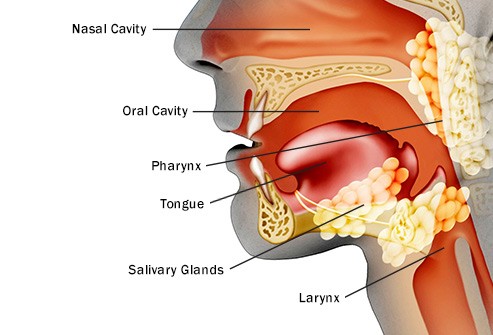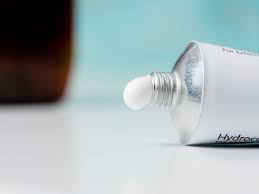“Oral leukoplakia (OL) is a premalignant lesion described as “a predominant white lesion of the oral mucosa which cannot be defined as any other known lesion…”
Hi David. I was diagnosed with oral leukoplakia about seven months ago. I had a biopsy about six months ago and it said something like “hysplasia- low dysphasia with chronic inflammation in the first tissue layer with signs of cell regeneration. No signs of malignancy.”
I used steroid dental paste prescribed by the doctor. Sometimes this therapy is referred to as an oral or topical steroid.
It got rid of the biggest lesion and reduced the size of the other one a lot. A new lesion (see below) has surfaced although very small.
The leukoplakia has seemed to spread or worsen over the side of my tongue although it is not “thick” except in one small area and the rest you can still see a mix of tongue color/dysplastic and slight white coating.
The photos I attached are a before with huge lesions and recent with two small lesions. I have an appointment tomorrow to check them out again to do a scan and maybe biopsy.
Medicine (oral steroid) isn’t working much so maybe surgery is an option. I’ll see. I know cutting stuff out like tobacco, follow ups are the only way as what we see on the outside doesn’t show us what could be going on in the inside therefore the biopsy is needed but anything’s to look out for? Jerome


Hi Jerome,
“Signs of cell regeneration, no sign of malignancy” is exactly what you want to read. If you can get rid of your pre-cancer condition utilizing nonsurgical oral leukoplakia therapies, aka without surgery, I think you will be doing well. I don’t know what they are but I’m sure that surgery in your case may come with side effects.
The top article linked below talks about surgical removal of leukoplakia but only with certain criteria. My read of this article is that it is in your best interests to first try:
- change your behaviors aka quit smoking
- try lifestyle therapies such as supplementation, nutrition-
- try topical therapies
I have researched nonsurgical treatment of leukoplakia and I will link the articles below. Maybe some of these therapies are worth a shot. When you mentioned that you have a new lesion, you may want to see your oncologist again to discuss specific nonsurgical treatments. Meaning, the topical steroid worked some, but you want to have another go at completely resolving your leukoplakia.
Let me know if you have any questions.
Hang in there,
David Emerson
- Cancer Survivor
- Cancer Coach
- Director PeopleBeatingCancer
“Oral leukoplakia (OL) is a premalignant lesion described as “a predominant white lesion of the oral mucosa which cannot be defined as any other known lesion..
“The aim of this paper was to assess the nonsurgical treatment of oral leukoplakia (OL). A medline search from 1983 to 2009 was conducted. The topical or systemic nonsurgical treatments or combination of both was reviewed.
The primary outcomes of interest were clinical resolution, malignant transformation, follow-up, and recurrence of OL.
Studies showed a rate higher than 50% of clinical resolution with
- photodynamic therapy,
- beta-carotene,
- lycopene, or
- vitamin A.
Few studies reported rates of recurrence from 5 to 67% and of malignant transformation from 8 to 23%. There is a lack of randomized clinical trials that assess the effectiveness of nonsurgical treatment of OL. At this time, randomized controlled trials for nonsurgical treatment of OL demonstrate no evidence of effective treatment in preventing malignant transformation and recurrence. It reinforces that even after clinical resolution, OL should be regularly followed.”




